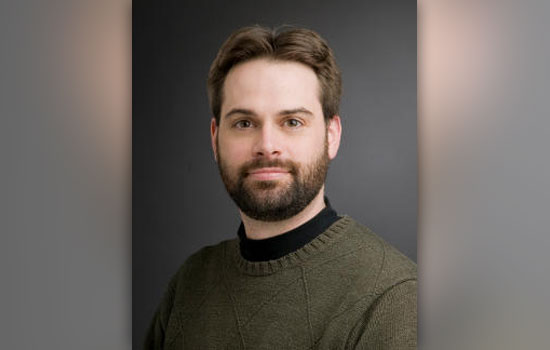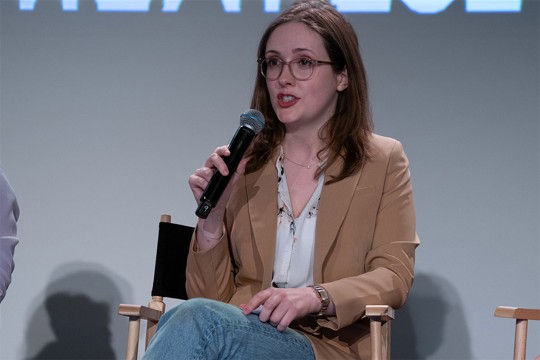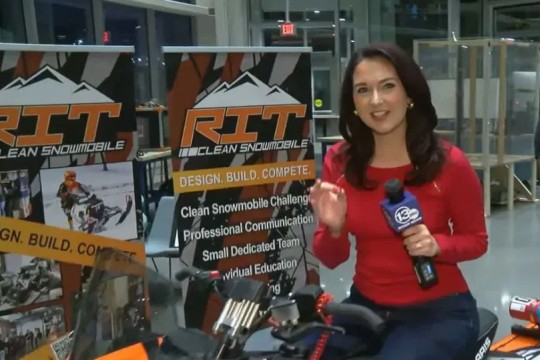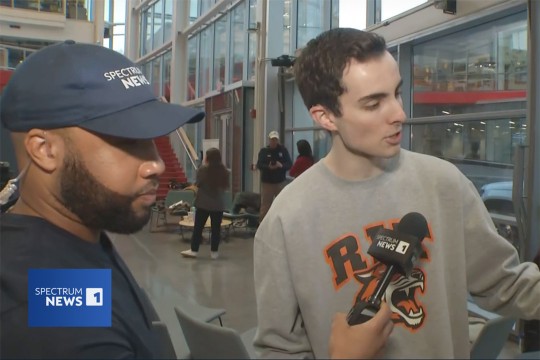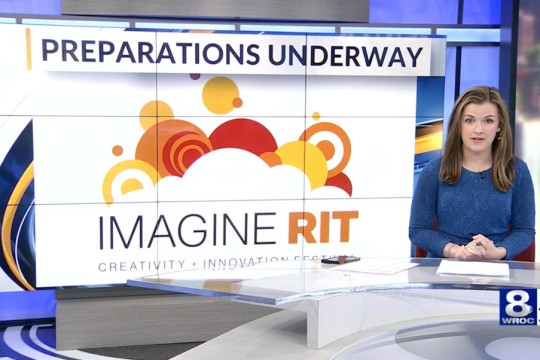Professor explores history of American mining
Eric Nystrom explores history of American mining engineering
Eric Nystrom
According to Mining Journal, the United States contains more than 100 metal mines, 900 mines and quarries producing industrial materials and 3,320 quarries producing crushed rock, all with a combined annual value of $350 billion. Mining is both an art and a science with engineers developing surveys, maps and models to locate materials underground while keeping miners safe.
In a talk based on his forthcoming book, Eric Nystrom, assistant professor of history, presents “Seeing Underground: An Exploration of the Visual Culture of American Mining Engineering,” 4-6 p.m. April 25 in the Campus Center Reading Room, as part of the College of Liberal Arts Reception and Lecture Series. A brief welcome reception precedes Nystrom’s talk, and a question-and-answer session follows. During his presentation, Nystrom will explore the development of underground surveying, mapping and model making in the American mining industry in the late 19th and early 20th centuries.
“Early American mining engineers gradually learned how to effectively wield the visual tools provided by surveying and mapmaking to create and represent underground landscapes,” Nystrom explains. “Over time, mine maps and models became critical instruments, used by engineers to assert authority and control over underground geographies and the work
conducted there. On a mine map, a mining engineer preserved the past, interpreted the present and imagined the future of an underground mine.”
The lecture is free and open to the public. Refreshments will be served.
For more information, contact Michael Laver at mslgsh@rit.edu.











